| |||||||
| Search Forums |
| Advanced Search |
| Go to Page... |
 |
| Search this Thread |  5,868 views |
| | #1 |
| Distinguished - BHPian  | A Close Look | PALV, The Dutch Flying Car About 2,5 years ago I visited the PALV offices/factory in Raamsdonkveer, the Netherlands. I wrote an elaborate thread on flying cars in general and the PALV adventure specifically. Have a look here for a lot of the details and background on PALV. https://www.team-bhp.com/forum/inter...ml#post5043981 (A visit to the PAL-V Factory | A close look at their Flying Car) I got an invite the other day to come and have another look and be updated about the latest and greatest of the PALV. Just as a reminder, PALV stands for Personal and Air Land Vehicle. So I pointed my Jaguar Leaper south and rocked up at the centre of the universe when it comes to flying cars, Raamsdonkveer! 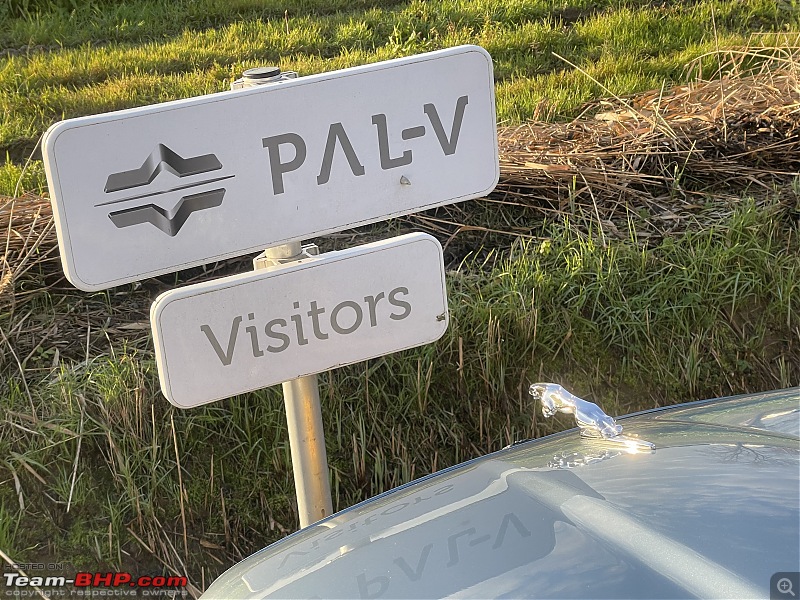 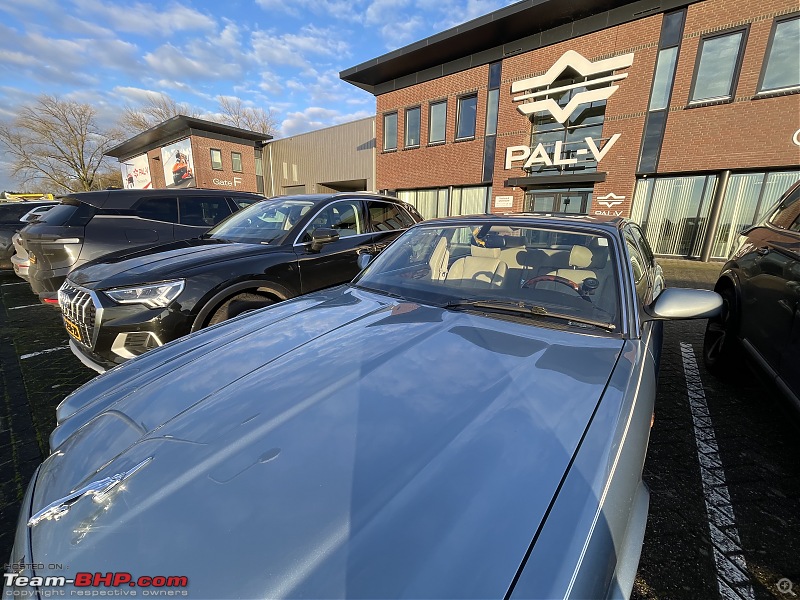 There were a few other interested guys. We were welcomed again by PAL-V CCO Marco van den Bosch and another PR/Marketing guy. They kicked off by giving a presentation on PALV, its history, goals and so on. Please refer to the previous thread as mentioned above. I am going to concentrate only on anything new I picked up compared to 2,5 years ago. One thing that was new in their presentation was the addition of a focus on carbon-neutral mobility. They believe E-fuels (synthetic fuels) will play a significant role in the aviation industry. Of course, one of the big promoters behind E-fuels is Porsche. Remember one thing though. In aviation, nothing happens quickly because of endless verifications and certifications. So if you want to convert a plane/engine to run on E-fuel it is going to take a long long time. Toward the end of the two-hour presentation, they also showed a new type of aircraft, fully electric and battery-operated. But for all the same reasons it has taken PALV more than ten years to get their current design certified, it will take at least another ten years for the battery-operated PALV vehicle to hit the skies. So don't hold your breath. Again, as I made clear in the previous thread, the timeline for these developments is determined by certification. And you can't hurry that along. Compared to last time, I would say PALV lost about 12-18 months in getting their first commercial fully certified vehicle ready. The good news is they have completed all the ground testing and are now commencing a 120-hour of flight test program. At the end of the flight test program, the vehicle will receive EASA certification. Also, very important, in parallel, that the factory/assembly process is being certified as well. After about an hour into the presentation, we got to the point where the PALV was revealed to us. Remember, some of the photographs I showed in the previous thread were from their PR pack. This time I got to see the vehicle in question for real!! It had to be unveiled, as expected! 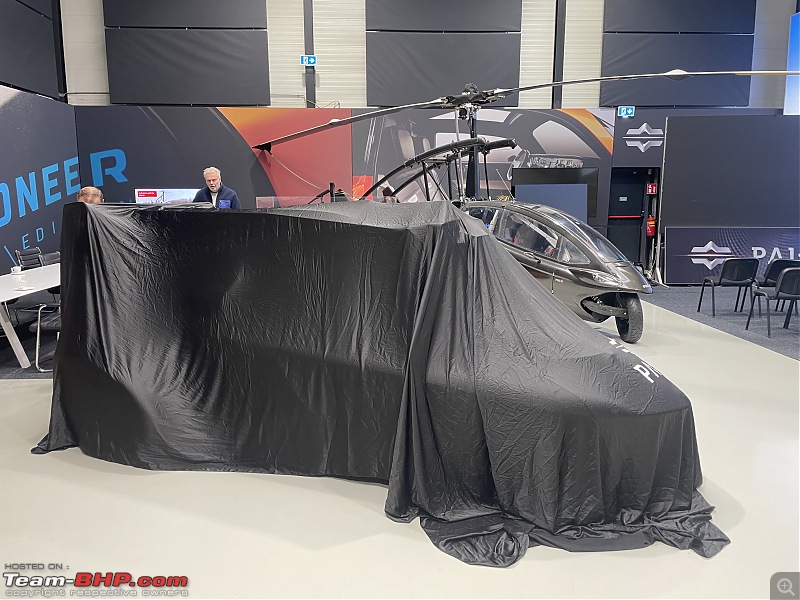 At the rear, one of the earlier prototypes, at the time still based on the Carver, tilting chassis.  Here we are at least, the PALVPioneer'sr first edition 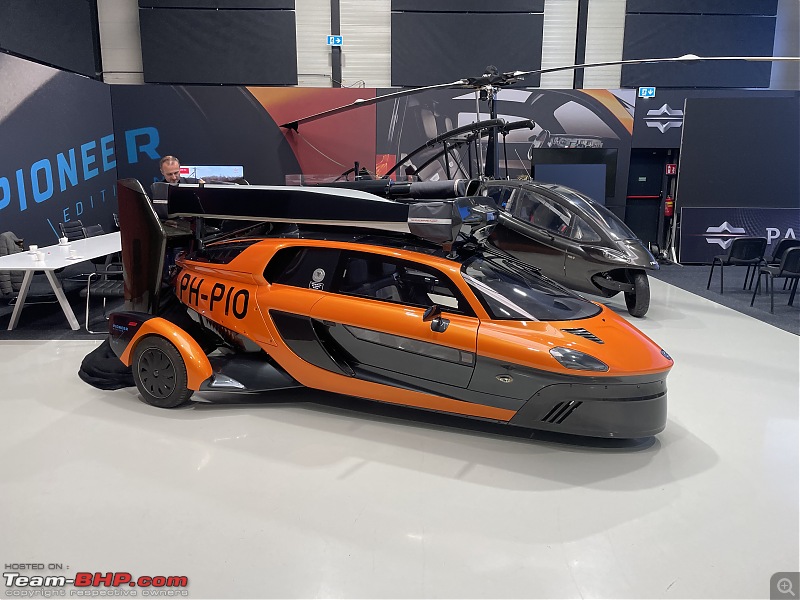 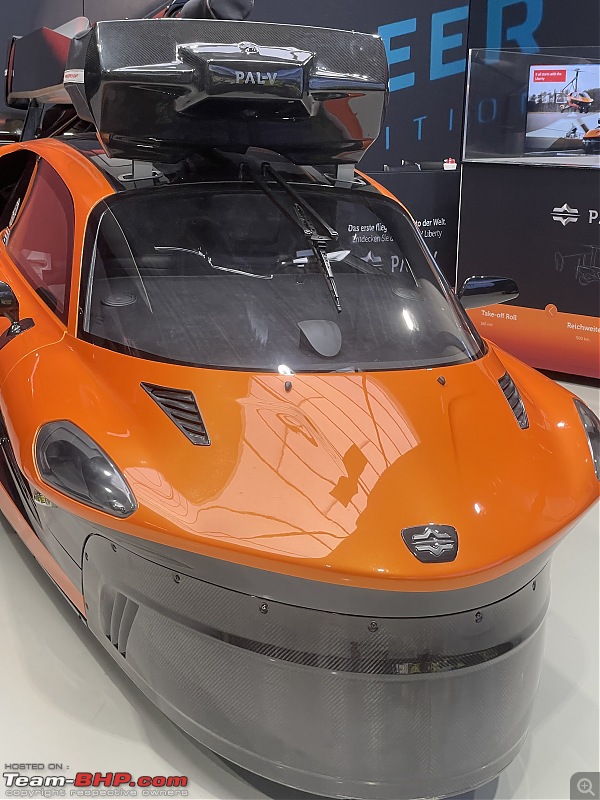  As seen from the rear. Irann their registration plate through the database of the Dutch Registration office, to find it did not exist. This plate is fake. They have a real registration number for when the car goes out on the road. Look at how those propellor blades fold up underneath the chassis. 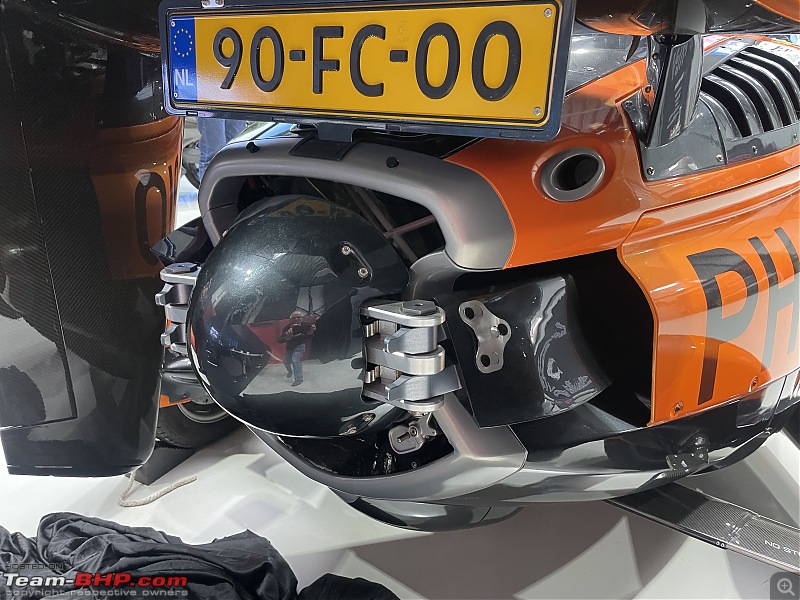 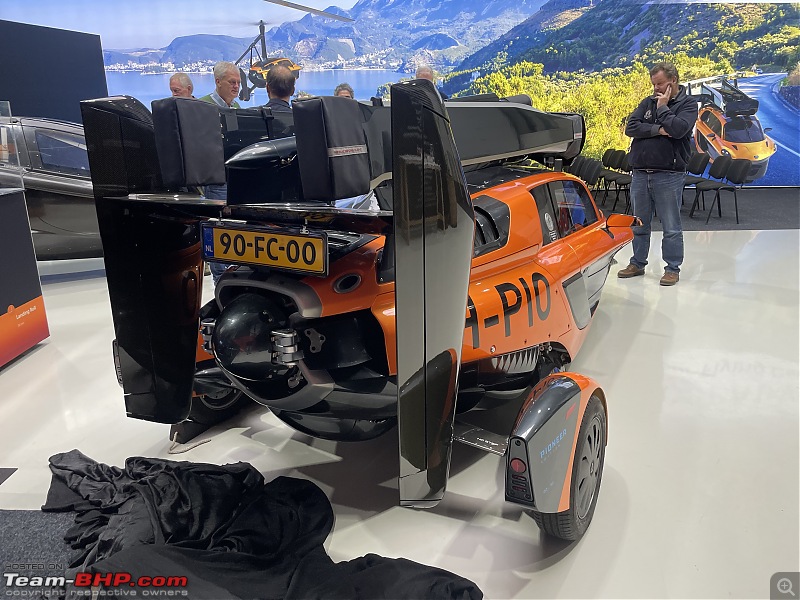 A very Sci-Fi high-endd interior, or should I say cockpit? On the right, in front of the passenger, aviation instruments and two sets of engine controls/ As mentioned before the PALC has two Rotax engines. Whilst driving it uses one, whilst flying it uses two. 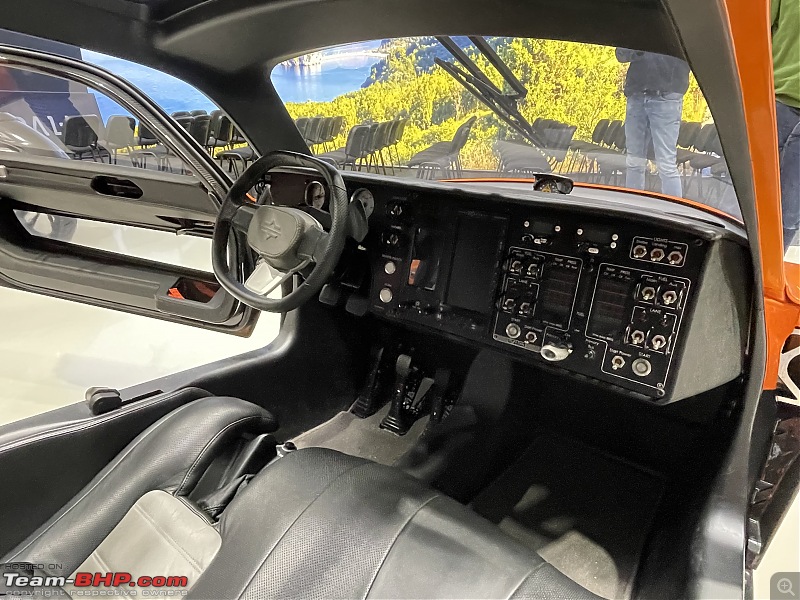 Some interesting details. See those pedals? Three pedals to drive, from left to right, clutch, brake, and accelerator. But when converted to flying mode, the two outer pedals (left-right pedal) become the rudder pedals. Also, the steering wheel remains in place during flight, but a centre stick will rise from the middle of the left seat. You can get dual controls as an option. 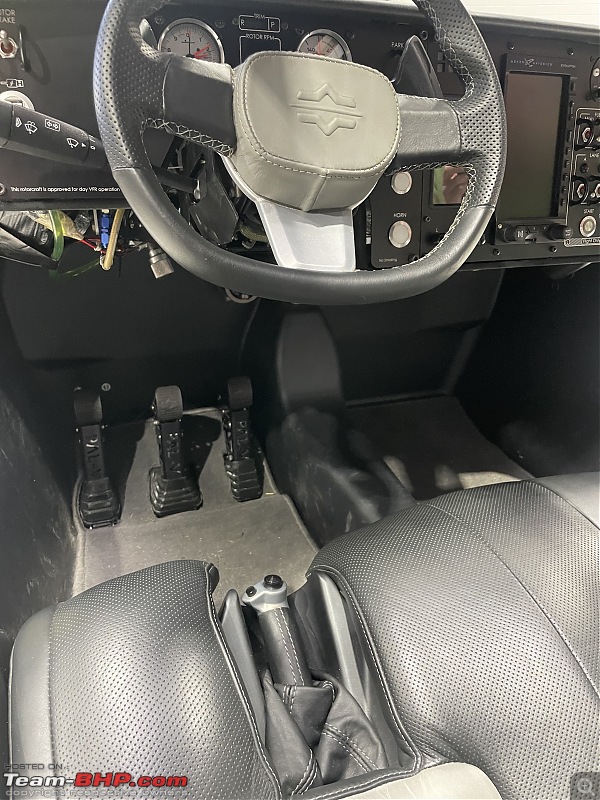 Lots of carbon fibre 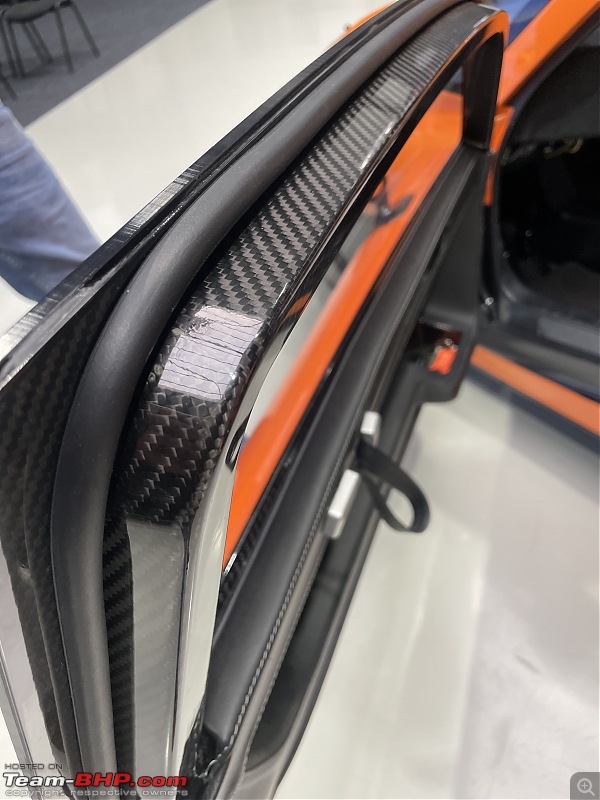 The PALV has an hourly total cost of around Euro 250 per hour. (INR 22500 / hour). That makes it considerably cheaper than a helicopter. Whereas 2,5 years ago the emphasis from a market perspective appeared to be personal mobility I got the impression they are changing more to various business types of application. They did mention it before. Gyrocopter characteristics make it an ideal observation platform, taxi/delivery etc. So PALV is talking to organisations such as police, customs, and people in Australia (it is very suitable for flying in the sand as it has very little downwash. Mind you, driving a car at Euro 250 per hour. (INR 22500 / hour) is very very expensive. I can also rent a small plane (Cessna 150-172) at a lower cost. One of the other guys in the audience, was my age, just retired, like me, was a private pilot with his plane and had worked his whole professional career with Fokker. So the two of us had quite a lot of technical questions for Marco and his colleagues. But having two technical nerdies discuss anything with two PR/Marketing types is not going to get any real results. For instance, we asked about the TBO. They did not know, or pretended not to know, what a TBO was. Anybody who owns a plane, or rents a plane, or has anything to do with planes will know what TBO stands for. Time Between Overhaul. It is an extremely important parameter as it will also determine to a large extent your overall operating cost. https://skyaviationholdings.com/what...-it-important/ After a bit of back and forth, we were told the TBO was 2500 hours. Which got 2 pairs of raised eyebrows. A bit later we found out that the Rotax engines used are the type 912 iSc. As far as I know that engine, has a TBO of 1500 or 2000 hours depending on various factors. It could be the TBO was raised for the PALV as it is unlikely to get the same use as a normal plane engine. But we remained unconvinced. The number of orders, or rather options to buy has increased quite a bit. The so-called Liberty Pioneer version is the first limited edition. Only 90 of these will be built. It comes with quite a price tag, Euro 499000 ex VAT. You need to pay a deposit of Euro 25000 and that ensures a production slot. It is effectively an option to purchase and these options can be transferred, but are never refunded. The next series that will be built is the Sports Edition. It will start at Euro 299000 Excluding VAT. And it comes with a 10K option to purchase. Marco was clear about the pricing difference. If you want to have one of the first batches of 90 PALVs, it's gonna cost you.  A lot of car collectors have signed on, including Jay Lenno. They have currently 170 orders (or rather options). Remarkably over 70 are from the Netherlands. A lot of car collectors have signed on, including Jay Lenno. They have currently 170 orders (or rather options). Remarkably over 70 are from the Netherlands. The factory in Raamsdonkveer will be fully certified, but PALV is also looking at partnering with others. Different locations and also perhaps building/assembly for third parties. it takes an immense amount of effort to become a certified aviation production/assembly facility. So make use of it!! As I mentioned in the previous thread PALV has also invested in their flight academy. Which I think is a very smart move. To date, 36 students have signed up and 24 of them will be completing their flight training and getting their pilot certificate in the next few months. The PALV training program will take on average 6 - 9 weeks at an approximate cost of around Euro 2500 per week. is there a big difference between building cars and building planes/gyrocopters. Well, yes. Every tiny part of a gyrocopter is certified and traceable. It gets installed with huge attention to detail. You don't see this on a car: 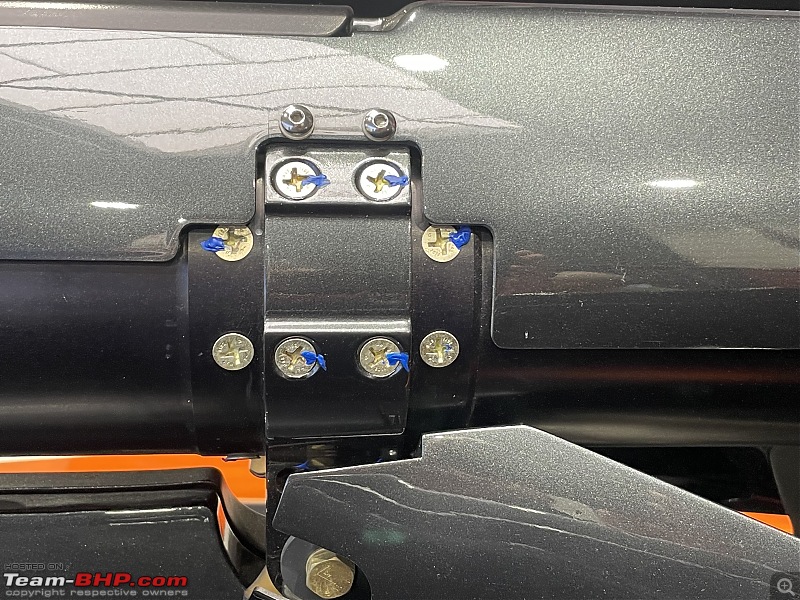 At the end of the presentation, they shared some more of their vision for the future. As I mentioned before, an electrical "flying vehicle" will play a role. We were shown some "artist impressions". But as you will appreciate, I was not allowed to take any images of those. It will be a PALV -eVTOL type of aircraft, based on a gyrocopter. Apparently they have patented it already. They see this market as having two main segments Door-to-door mobility (really using both road and flying capabilities in a range of about 400-500 km) Urban mobility; for more users, but at a small range of about 25-60km. Sort of vertiport to vertiport type of market. I can see the PALV addressing the door-to-door mobility market. I am not so sure about this urban mobility. If you fly point-to-point, short-range, you don't need the driving capabilities I would think. If you do drive, and this is pretty cool, you just fill up with Euro 95!! I can't stress enough how remarkable this is. All General Aviation reciprocating engines run on leaded fuel!! Only recently, some engines have been certified to run on unleaded. These are proper aviation engines, and run on regular "car-petrol"  PALV has some 200 backers/investors that have put well over 100 million into this adventure. If you consider an average sales price of Euro 350.000 and say nett margin of 25%, you will need to sell an awful lot of PALVs to get any return on your investments. Marco did present a time line on how they think this market will develop. And, not surprisingly it is the old hockey stick curve of course. It is not impossible, but you will need to keep the faith and keep investing for a very long time, before you see any returns. I think this is an amazing adventure. PALV claims to be a few years ahead of all competition. I can't verify that, but I can tell you that when you look up information on flying cars you will get lots of PR talk but very little insights into where the respective companies are in terms of their certification. i wish them all the best and I will be following up in a couple of years again. I will remain interested as a potential customer too. I have six cars, one yacht and own a share in a plane in the USA. Would be cool to have my one of these. Mind you, it is certified as VFR (Visual Flight Rules) only. I like to fly IFR (Instrument Flight rules). PALV answer to that is, when the weather degrades from VFR to IFR you just drive instead of fly. I can see their point, but that is not for me. Jeroen |
| |  (44)
Thanks (44)
Thanks
 |
| The following 44 BHPians Thank Jeroen for this useful post: | 14000rpm, aargee, AlphaLamb, amoi, anivy, B747fan, bikertillidie, CarCar, carthick1000, chembilath, dennisjs, digitalnirvana, dileepcm, DiMaGo, dragracer567, Evyas, Freespirit27, gauravdgr8, GreenerPlanet, GTO, Harjot37, hmansari, InControl, Kurrant, landcruiser123, manubg92, Miyata, motorsan, MSAneesh, MTinside, One, Pennant1970, pheru8b, Rocky_Balboa, sainyamk95, Sen, Sivacar, Sk8r, The Rationalist, V.Narayan, vaasu, vinay5795, Voodooblaster, whitewing |
| |
| | #2 |
| Team-BHP Support  | re: A Close Look | PALV, The Dutch Flying Car Thread moved out from the Assembly Line. Thanks for sharing! |
| |  (2)
Thanks (2)
Thanks
 |
| The following 2 BHPians Thank Aditya for this useful post: | digitalnirvana, GTO |
| | #3 | |
| BHPian Join Date: Jan 2020 Location: Mars
Posts: 333
Thanked: 1,264 Times
| Re: A Close Look | PALV, The Dutch Flying Car Coincidentally Gyrocopter Safari for tourists is to be launched in Uttarakhand. Quote:
| |
| |  ()
Thanks ()
Thanks
 |
 |

